In today's society, with the increasing development of information communication and network technology, great changes are taking place in social relations and organizational structures in all walks of life. As a whole, human beings are faced with the situation that the means of empirical problem-solving and the form of knowledge can no longer adapt to the increasingly complex reality. The macro design concept oriented to problem-solving has become popular, and social innovation design is one of them. Its emphasis on collaborative design, value co-creation, local development and other concepts are becoming powerful catalysts for change in the wave of social development. In China, the sanitation worker group is a marginalized group with complex identities. Although the increasingly perfect social work in recent years has solved most of the serious violations of their rights in the past, its special status in China-The older generation of migrant workers, the farmers who are forced to urbanize, the new generation of migrant workers who have left their homes, etc., are facing multiple oppressions of urbanized life, market-oriented society, and modern history. Apply social innovation methods to address the core structural issues in the sanitation system, tap the potential value of disadvantaged groups, mobilize the resource advantages of various stakeholders in the society, and use specially designed service platforms and tools to further improve collaboration efficiency and reduce The difficulty of participation, and then through collaborative organizations, participate in the coordination between the people and the government to achieve further development and expand influence, it may become a new way to solve this problem.
Through field research, questionnaire interviews, literature analysis, expert interviews and other methods, the three basic points of the sanitation worker problem are determined and the work labor, interpersonal public opinion, and value distribution environment where the sanitation worker is systematically involved from the perspective of public welfare. It also determined the logical method of social innovation platform design. On this basis, it determined the design improvement route of the five stages of platform development based on reality, and extracted the common value vision of environmental co-construction, combined with the relevant tools and methods of service design, the competition, stakeholders, behavior contacts, etc. are studied at each stage to optimize the user experience of stakeholders in the platform service. As well as resource exploration and integration through the perspective of social innovation design, it is proposed to develop local public welfare experience economization as a sustainable means and build a comprehensive information service platform for environmental sanitation public welfare social innovation platform design strategy: finally, build a social innovation and experience economy The method is the construction prototype of the product ecosystem with social enterprises as the main body of implementation and platform as the center.
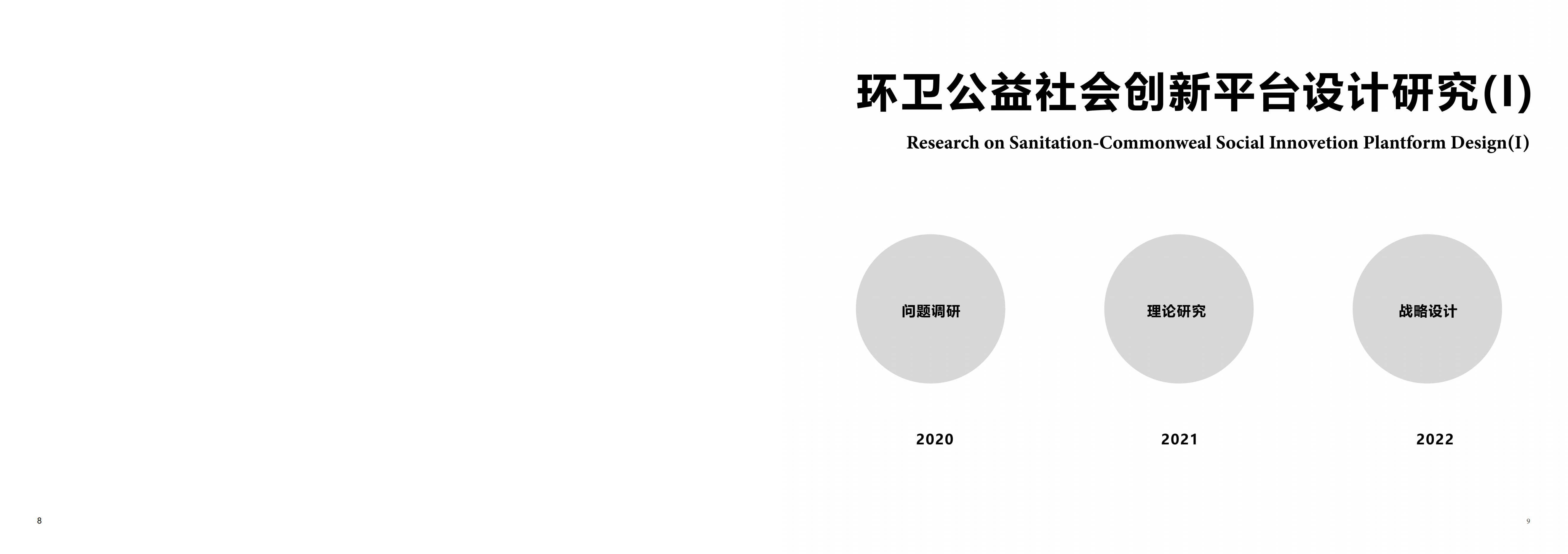
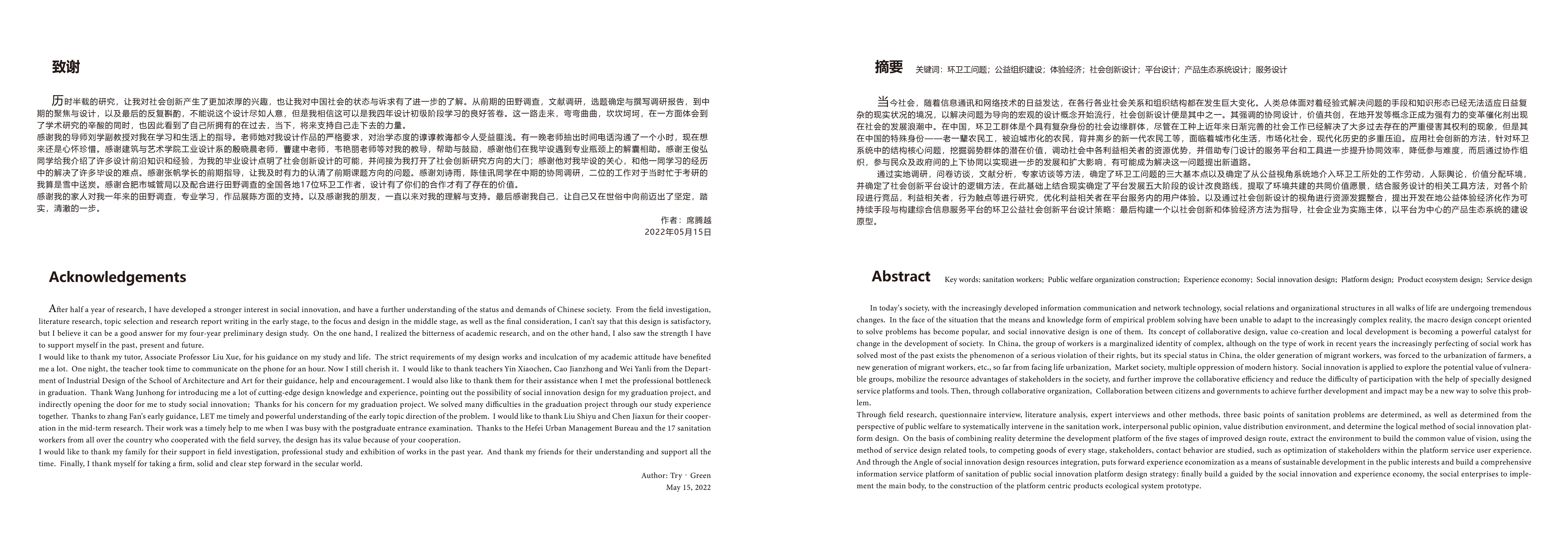
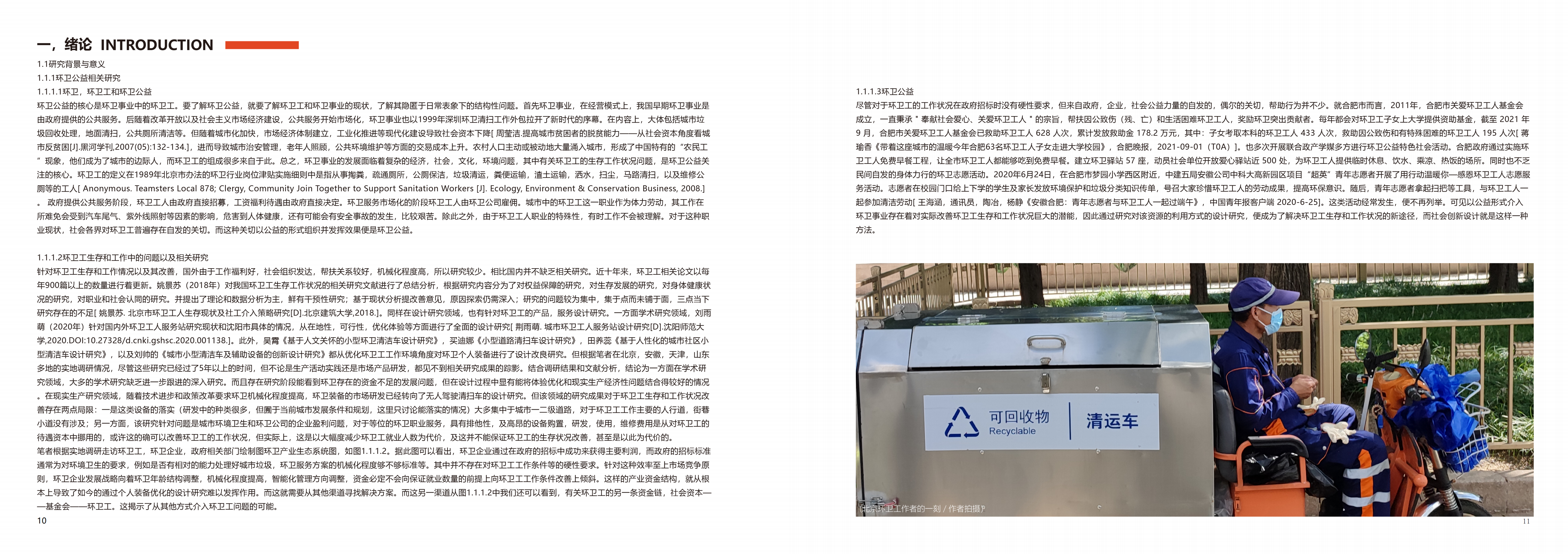

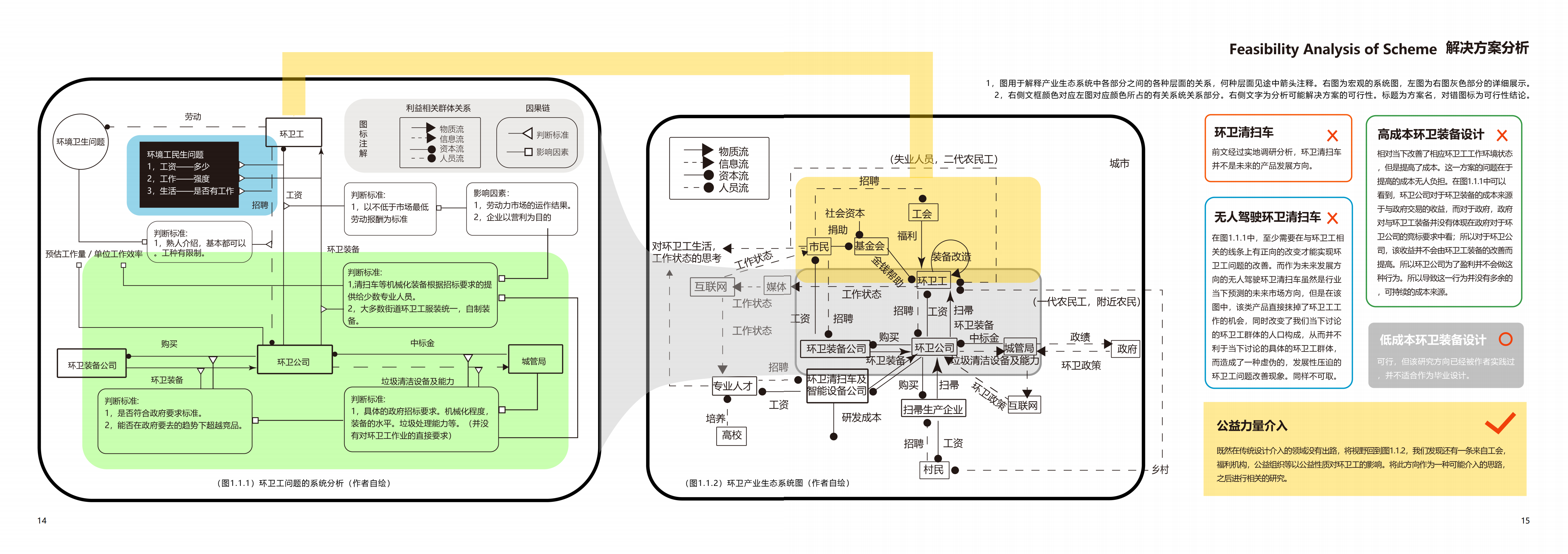
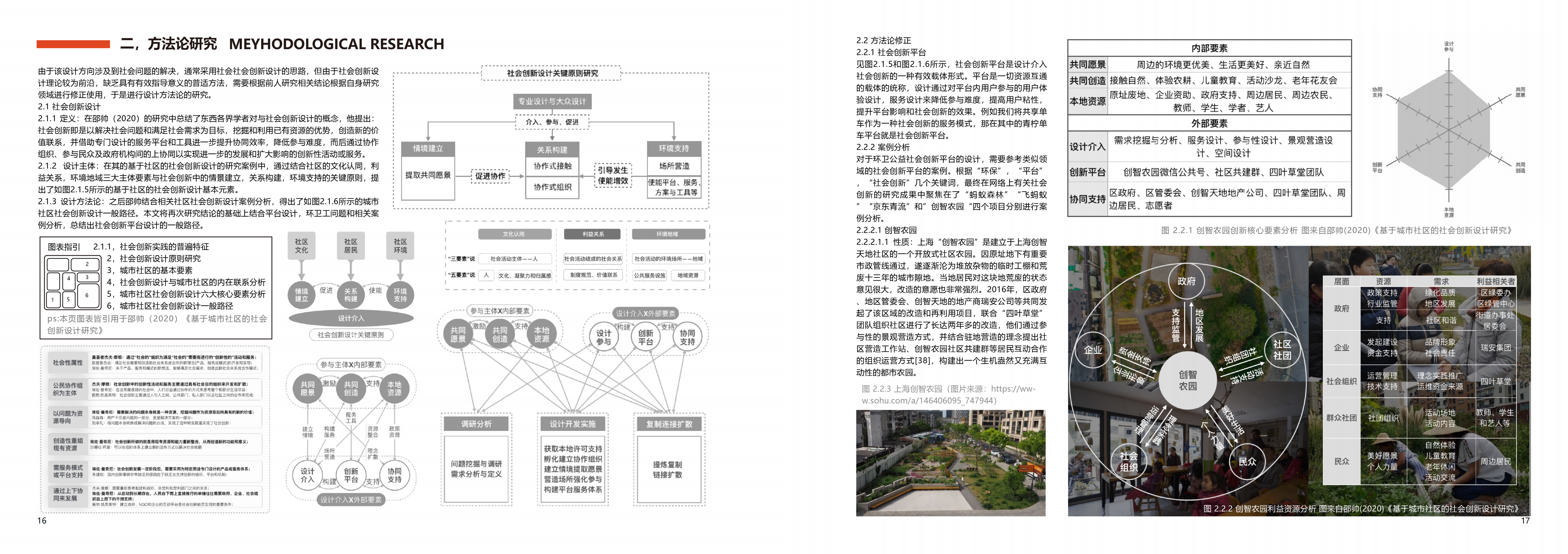
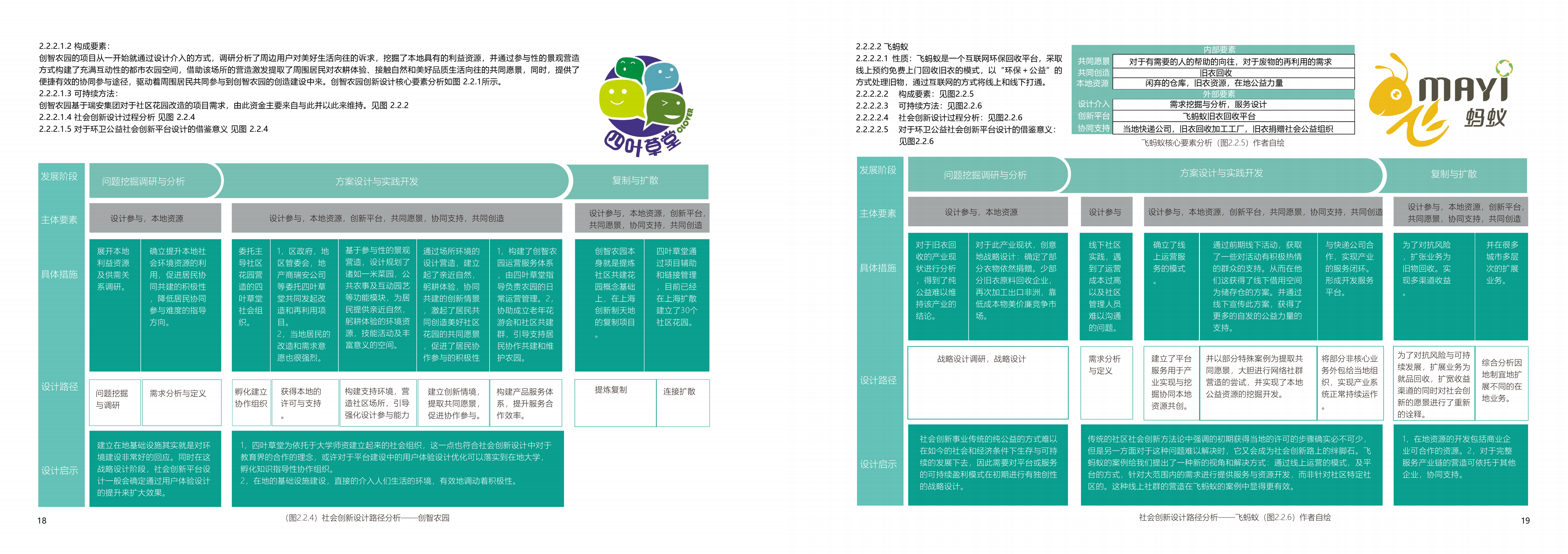
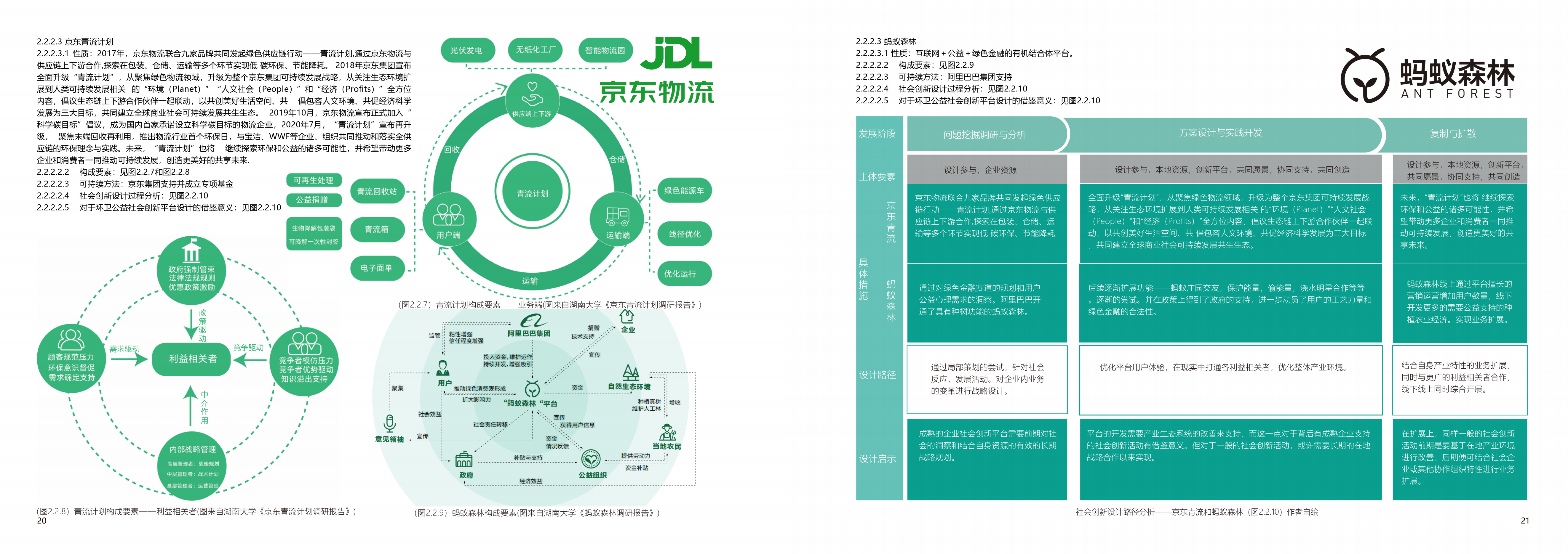
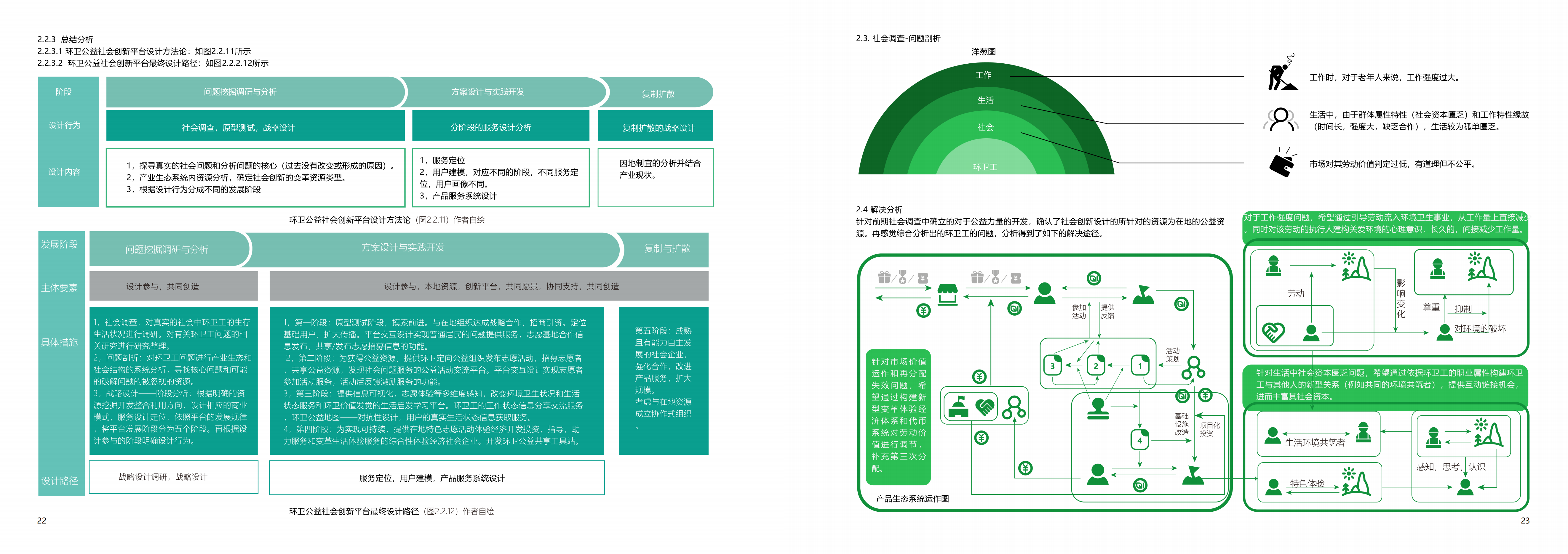

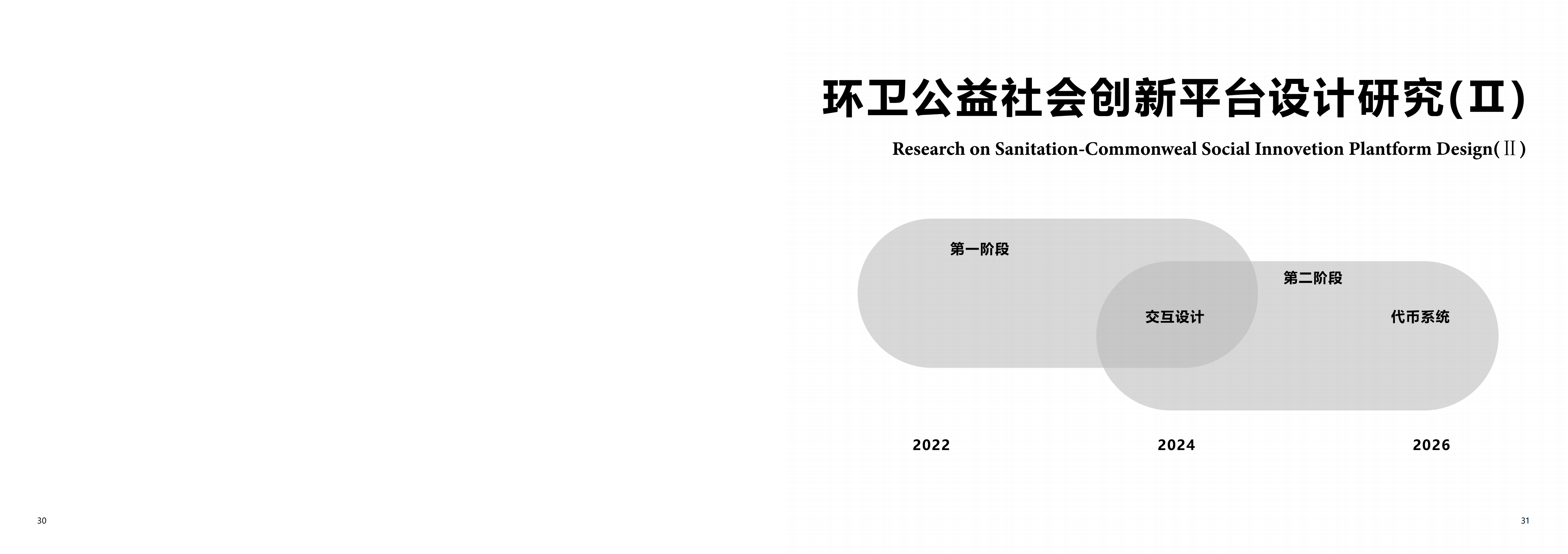
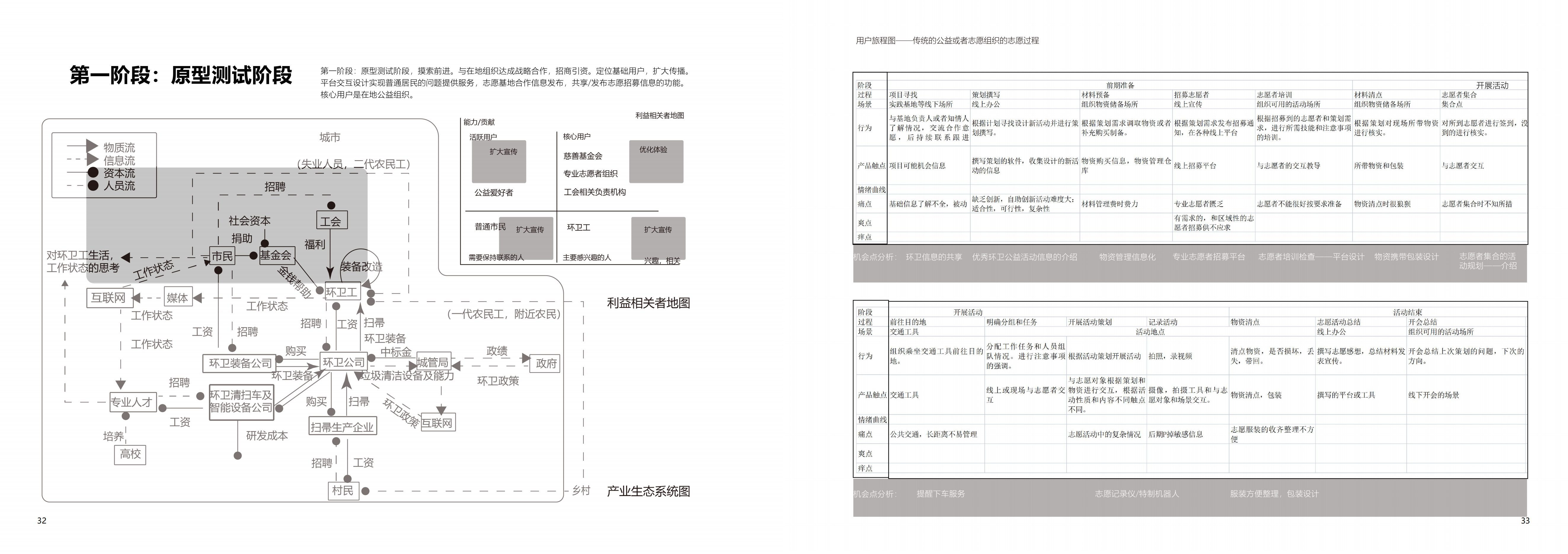
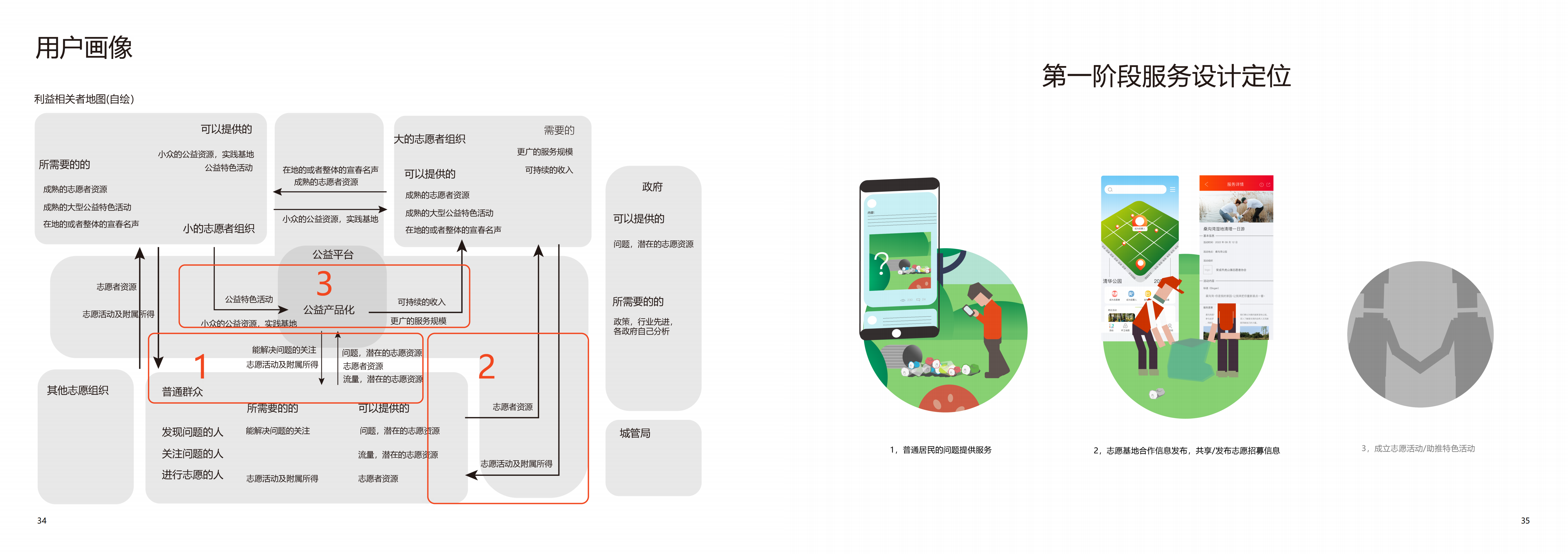
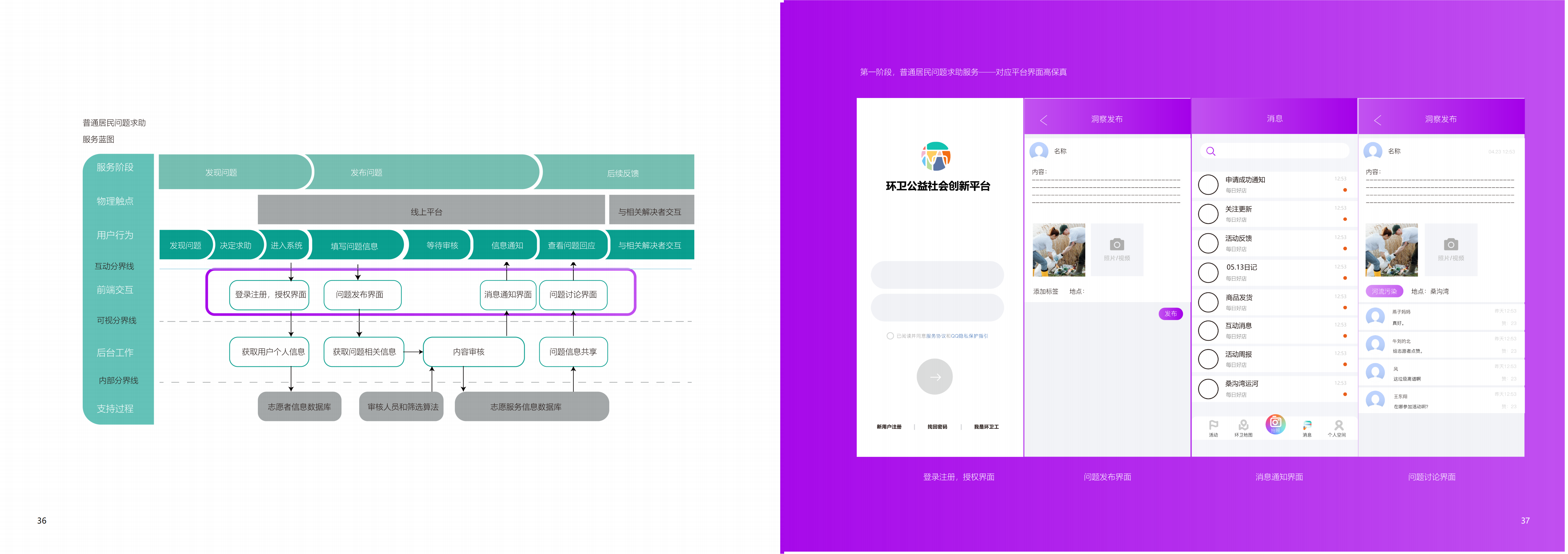
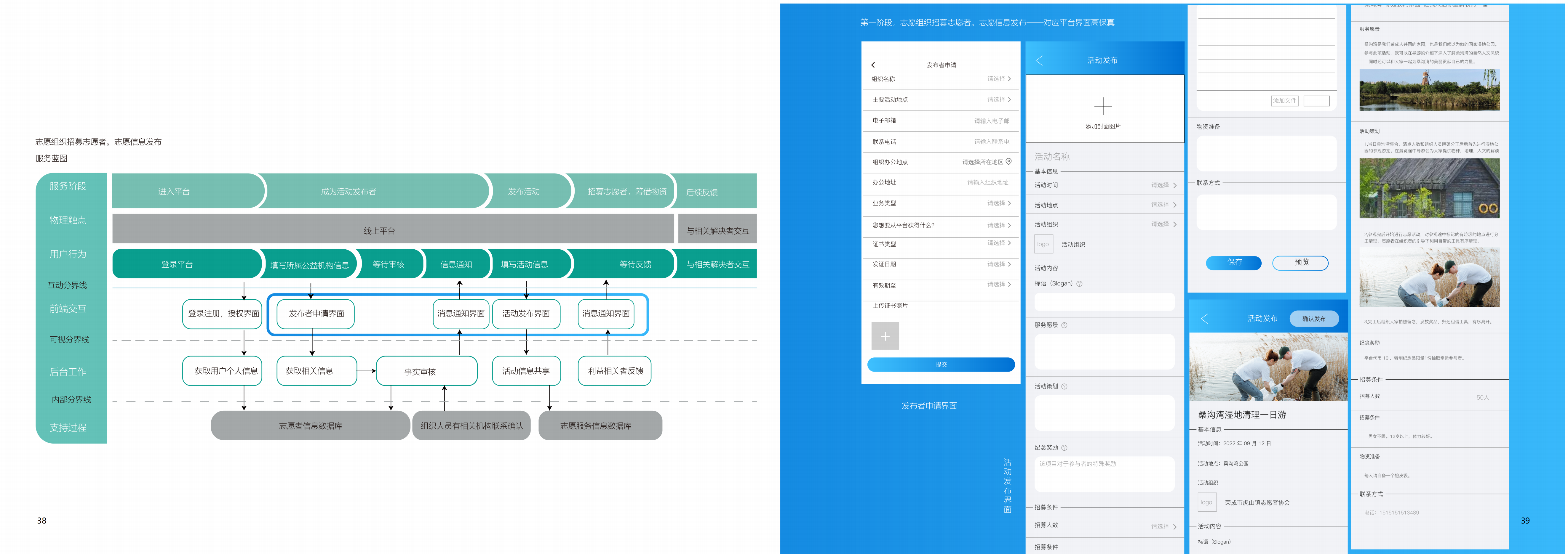
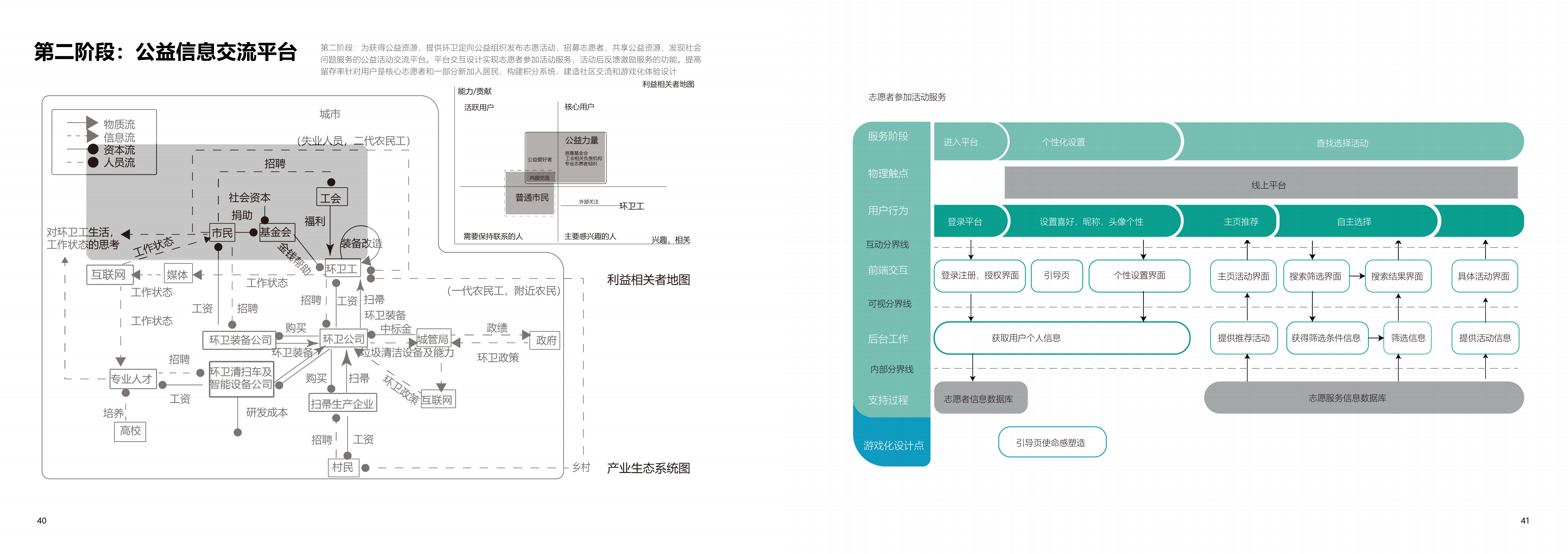

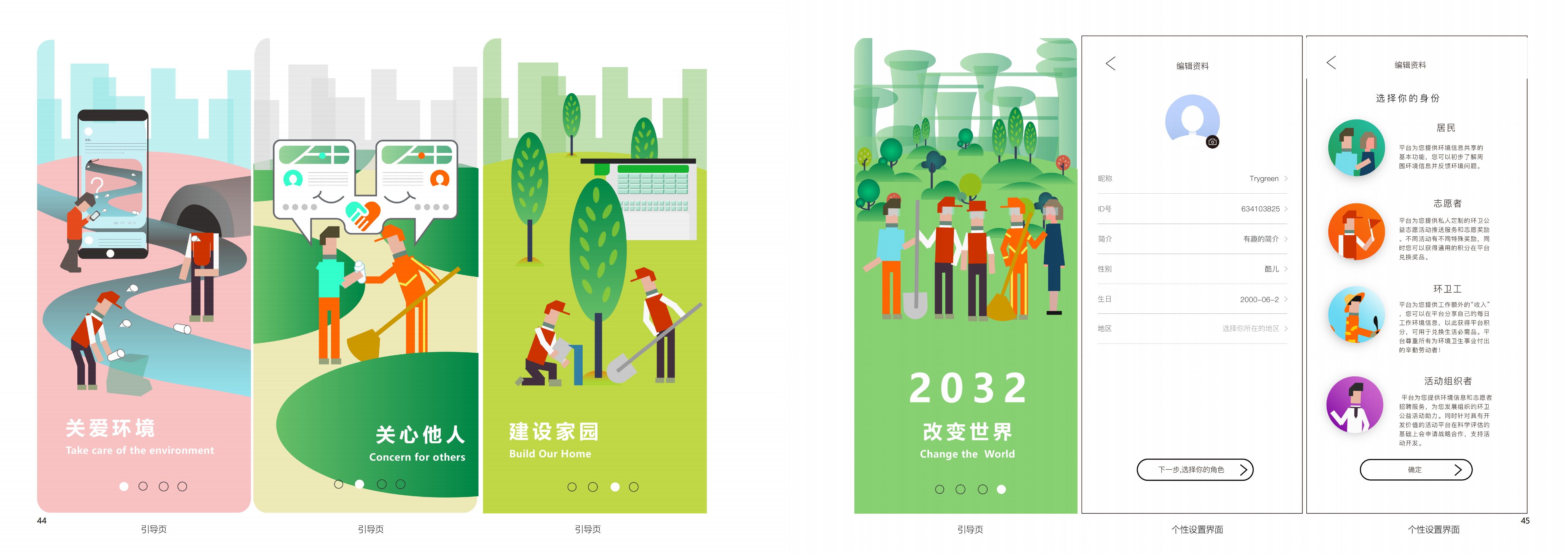
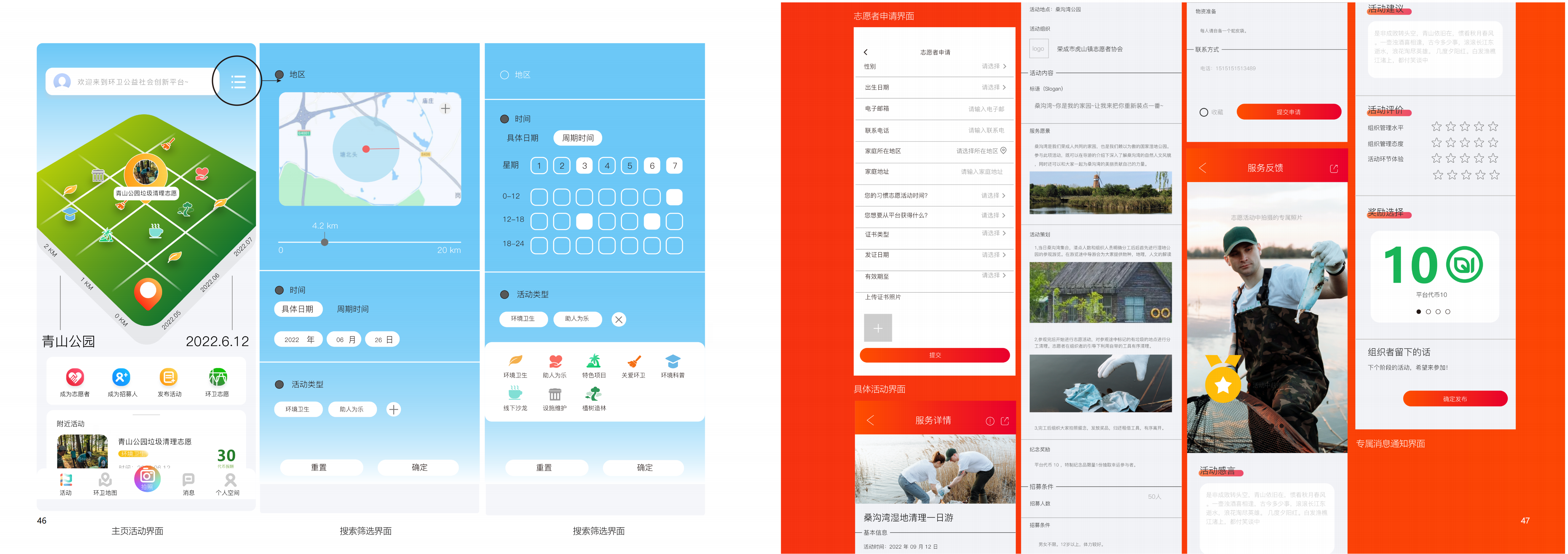

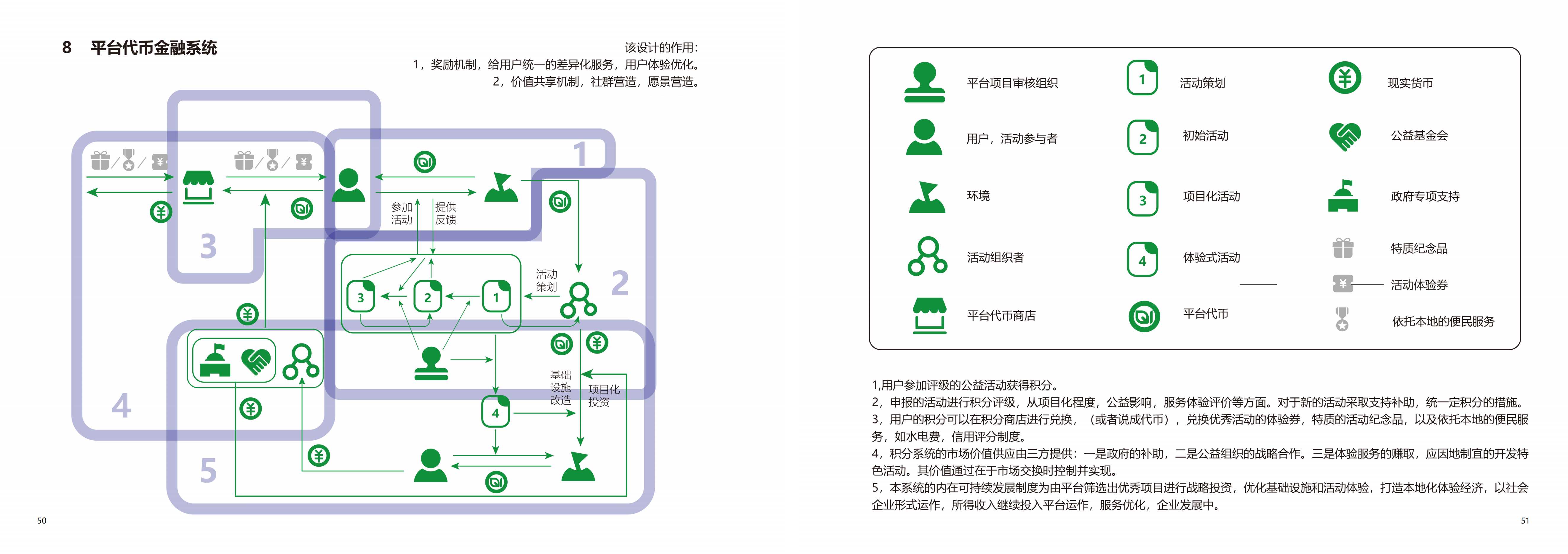
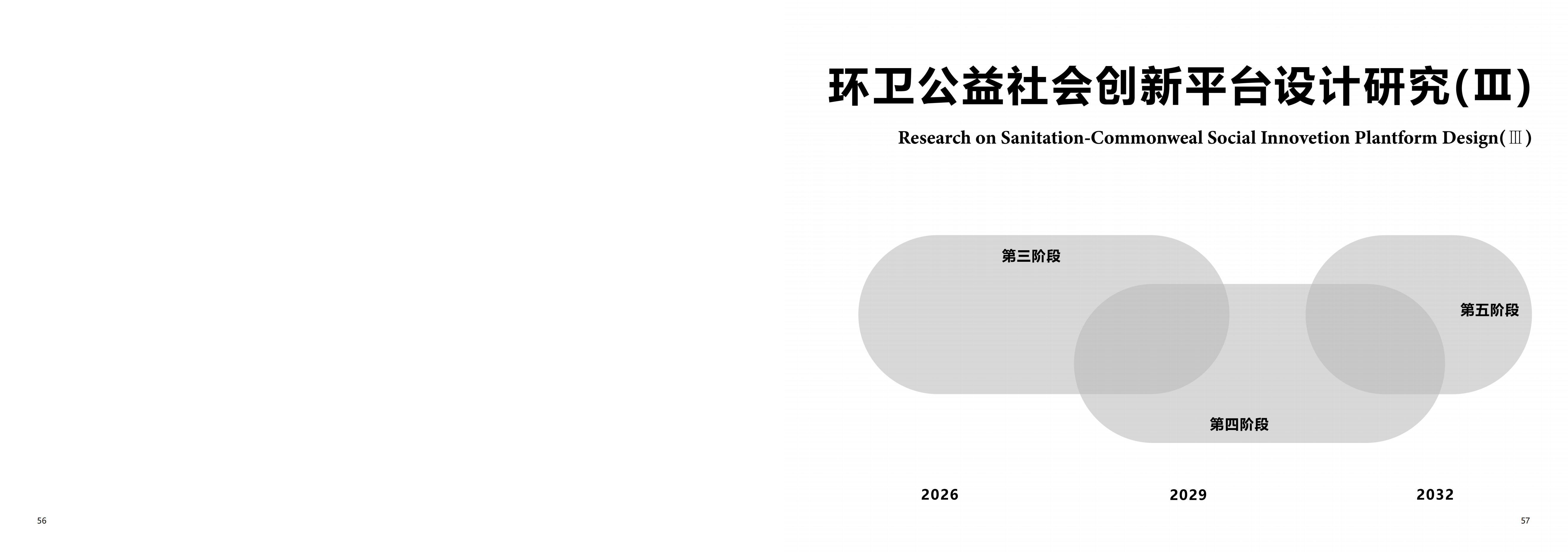
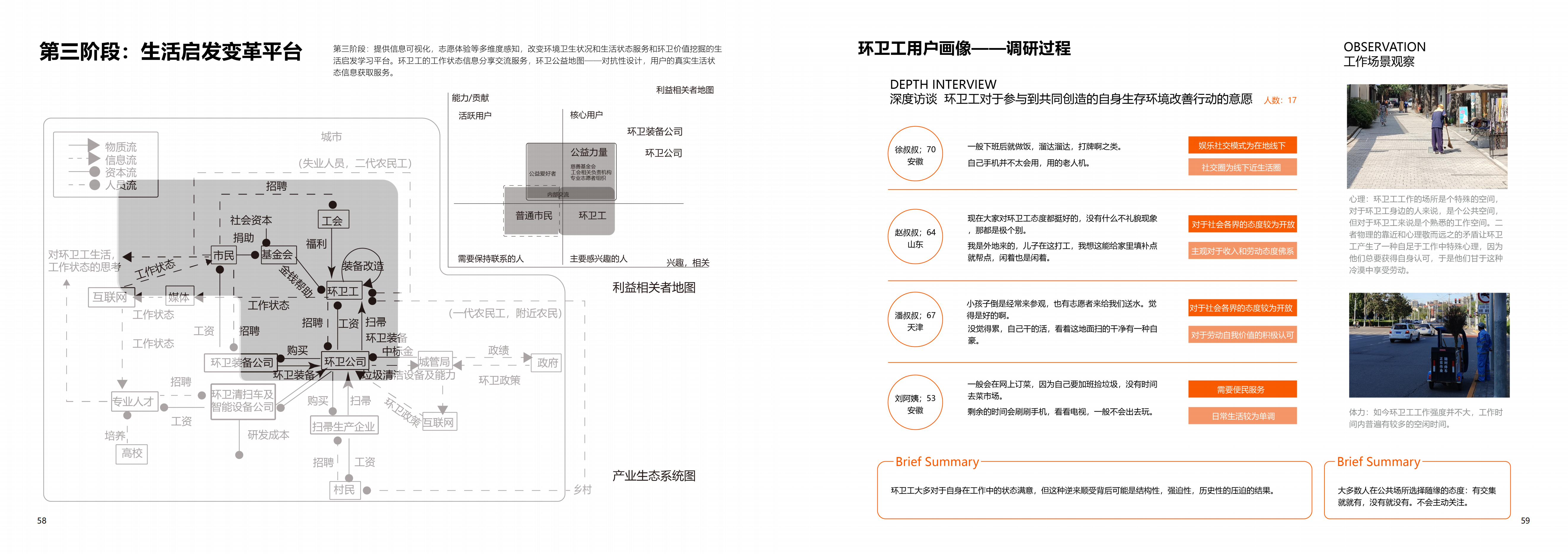
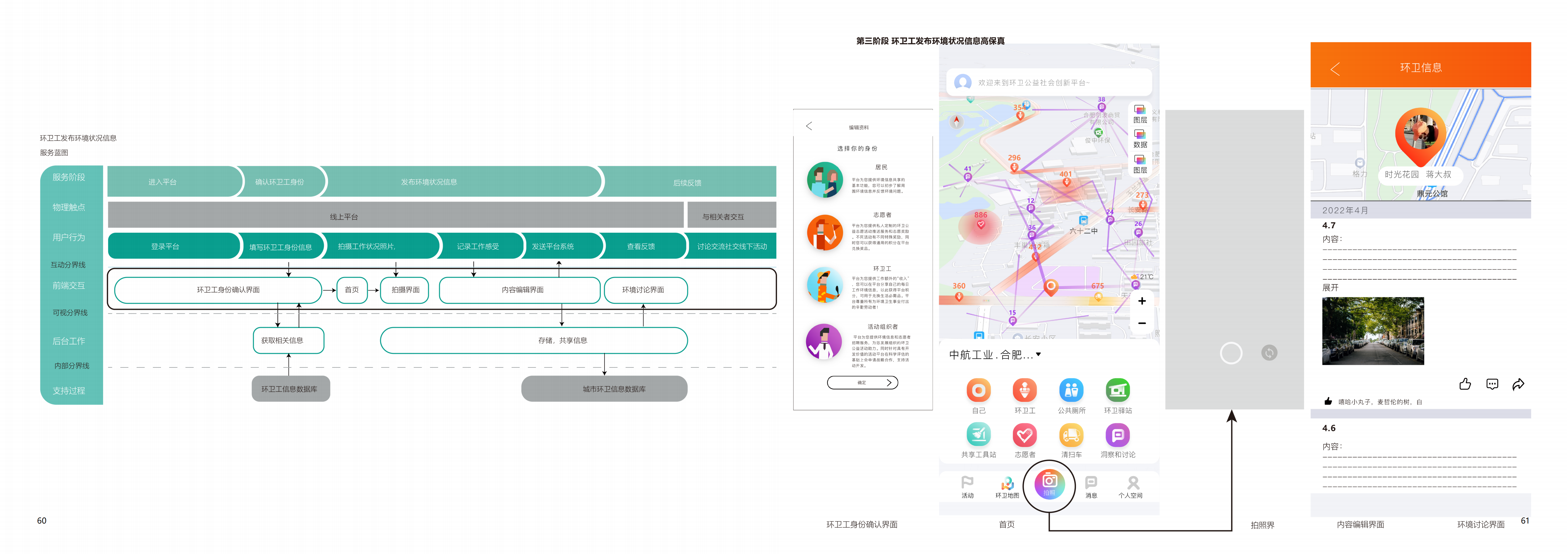



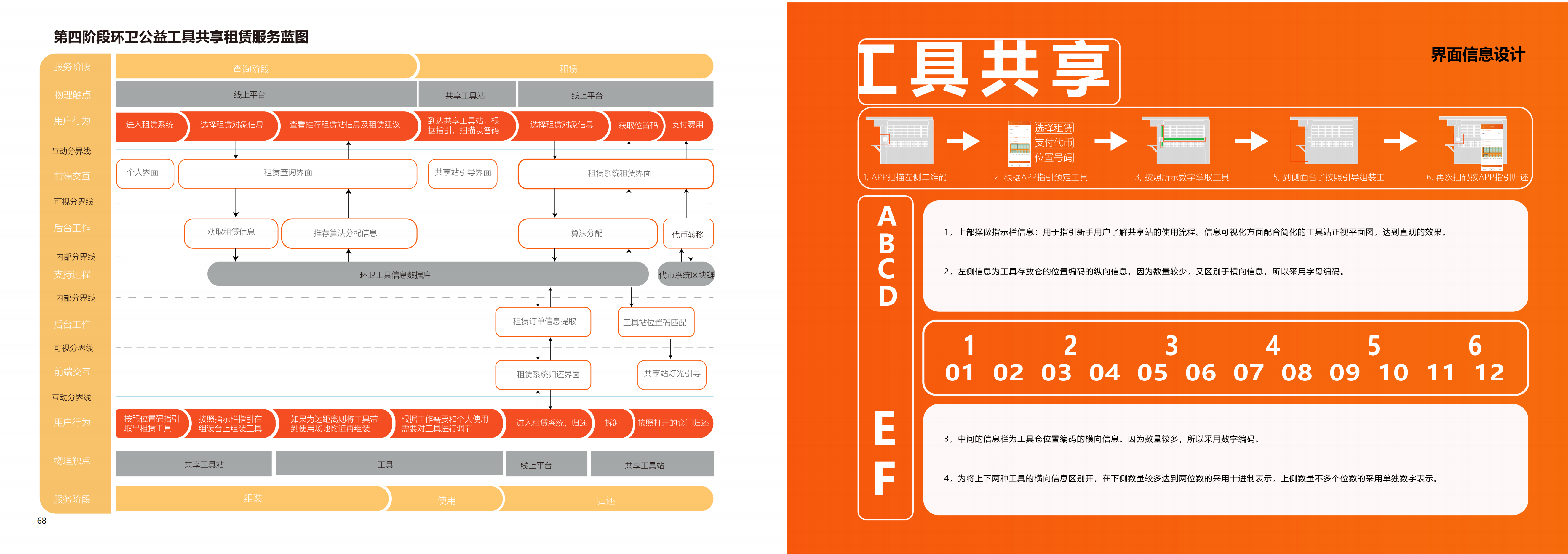
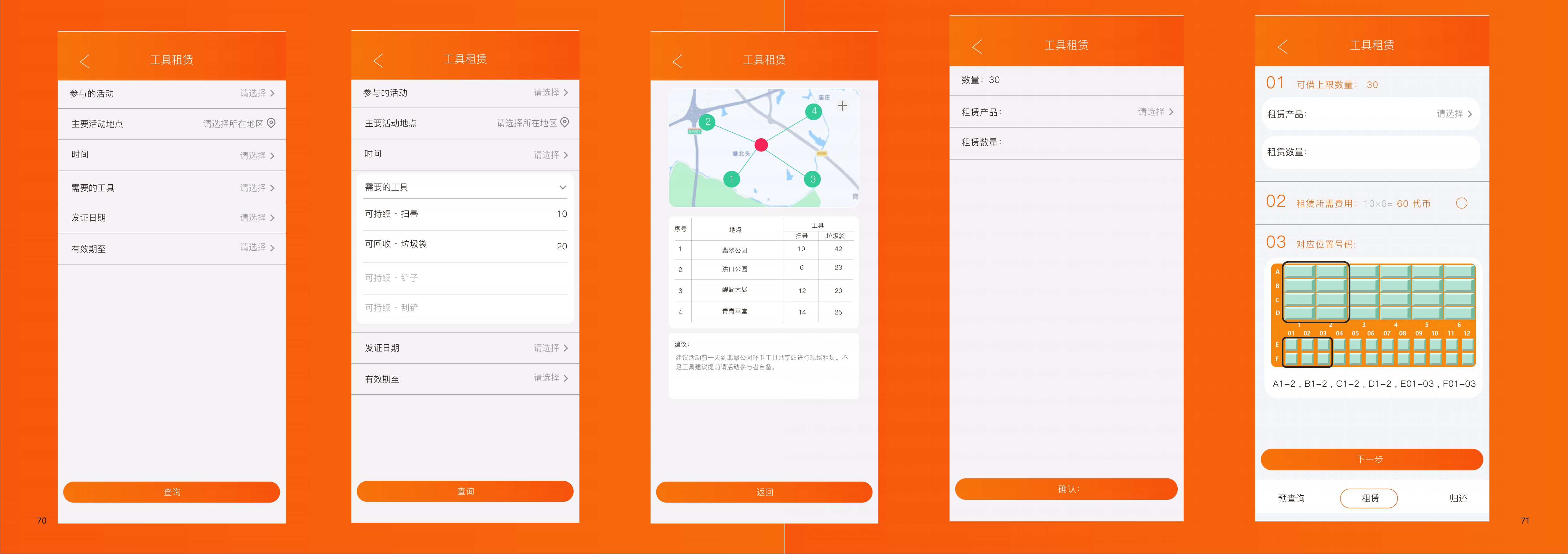

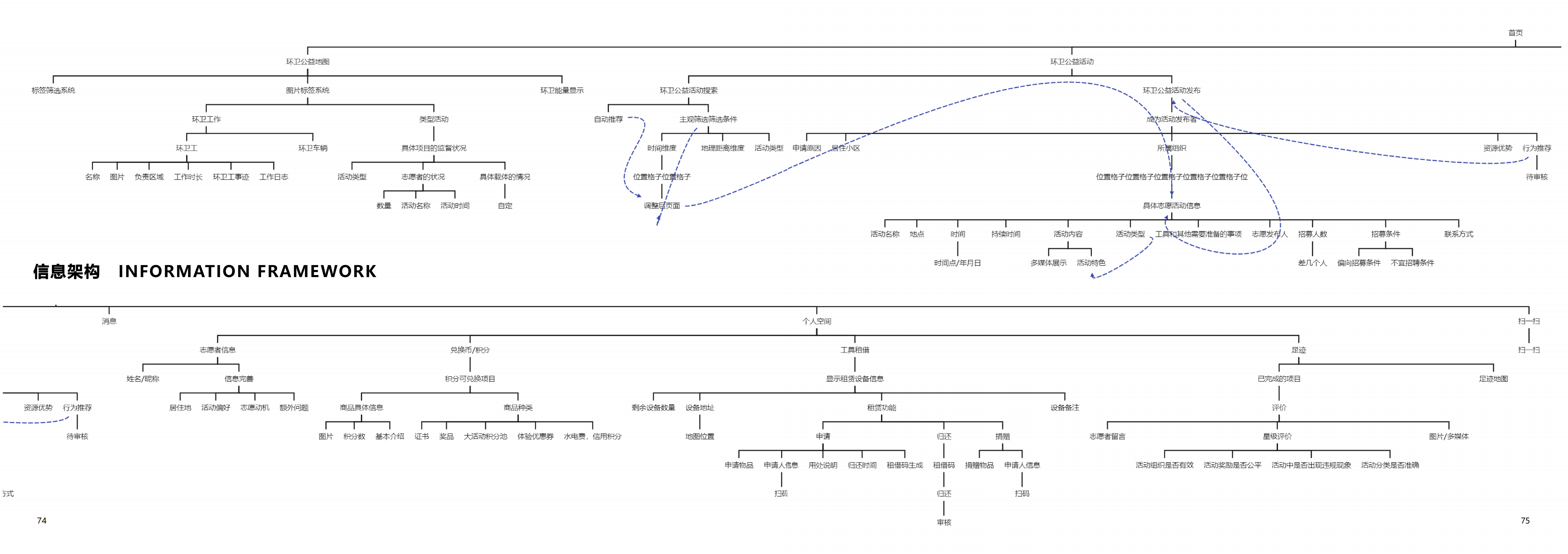
The copyright of this work belongs to 席腾越. No use is allowed without explicit permission from owner.

New user?Create an account
Log In Reset your password.
Account existed?Log In
Read and agree to the User Agreement Terms of Use.

Please enter your email to reset your password
very good
Well written